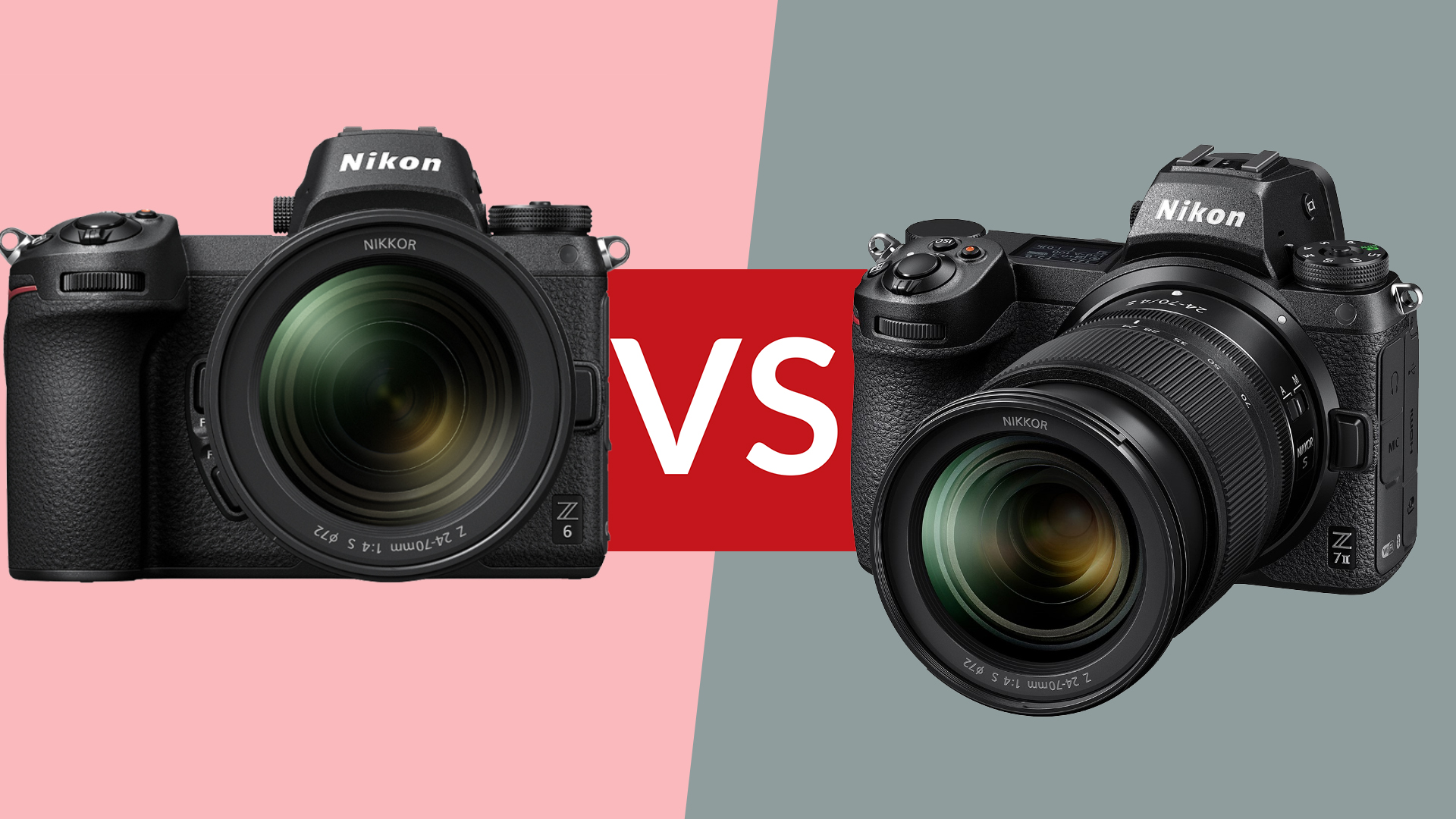

The Nikon Z6 is one of Nikon’s early attempts at mirrorless cameras. As its mid-range contender, it’s a successful one, touting great performance and better features than some of its rivals in the same general-use market. As far as first efforts go, it’s certainly an impressive one.
However, there’s still a lot of opportunities for improvement, something Nikon took advantage of when building its successor. And, so we have the Nikon Z6 II, a body that looks and feels very much like the original, except it’s even more capable. Nikon took that original Z6 body, and fitted it with better, faster, and more powerful features, from its now dual memory card slot and battery grip support to a more efficient autofocusing system and better internal features.
In other words, the Nikon Z6 II is a vast improvement over its predecessor. So much so that in the battle between the Nikon Z6 vs Nikon Z6 II, we’re betting on the latter. The only reason why you should go for the Z6 is the price, as Nikon has marked it down with the Z6 II’s release.
Otherwise, the Nikon Z6 II is the obvious winner.
Nikon Z6 vs Nikon Z6 II: Price
Launched in August 2018, the Nikon Z6 hit the shelves with a body-only MSRP of £2,000/$2,000/AU$3,200. That’s certainly a premium price point especially in comparison to Canon’s EOS RP mirrorless body, though the Z6 does have higher specs and better features, which justifies its price.
Luckily, thanks to the arrival of the Z6 II, it’s gotten a welcome price drop. Budget-minded mirrorless users can now have it for £1,719/$1,600. In Australia, you might find it for AU$$2,600 or cheaper if you get it from third-party retailers. With a Nikkor 24-70mm f/4 lens kit, you may take the Z6 home for as low as £2,269/$2,200/AU$3,489, though retailer prices do vary a little. Even in 2021, it’s still a powerful camera and certainly worth the consideration if you want to save and don’t require a faster body.
Meanwhile, the Nikon Z6 II, launched only in October 2020, currently costs £2,000/$2,000/AU$3,399 for the body only and £2,549/$2,600/AU$4,399 with the 24-70mm lens kit. If you can spare a couple of hundred dollars more, it’s a better proposition thanks to the considerable improvements it brings.
Sign up to the T3 newsletter for smarter living straight to your inbox
Get all the latest news, reviews, deals and buying guides on gorgeous tech, home and active products from the T3 experts
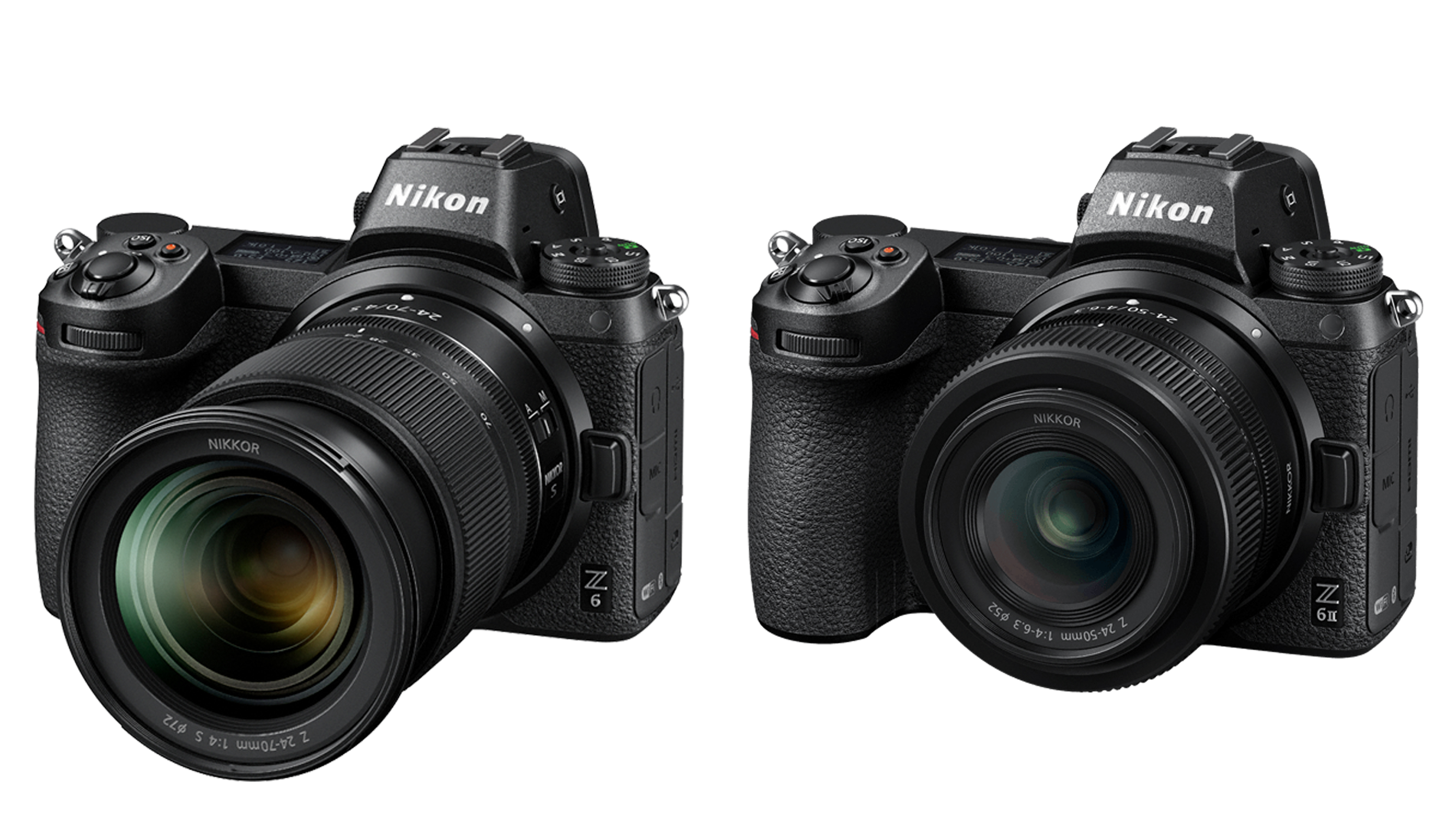
Nikon Z6 vs Nikon Z6 II: Design and Features
If you don’t look too closely, you might think the Nikon Z6 and the Nikon Z6 II are the same camera. After all, apart from their names in the lower right corner of the front panel and the bigger memory card slot door on the left panel, there’s not much difference here.
Both bodies already have the same 3.2-inch tilting touchscreen, 3690k-dot EVF, USB-C 3.1 port, and weather-sealed body capable of surviving harsh elements. Inside, they have the same sensor-shift image stabilization, built-in Wi-Fi and Bluetooth, and 3840 x 2160 4K video resolution.
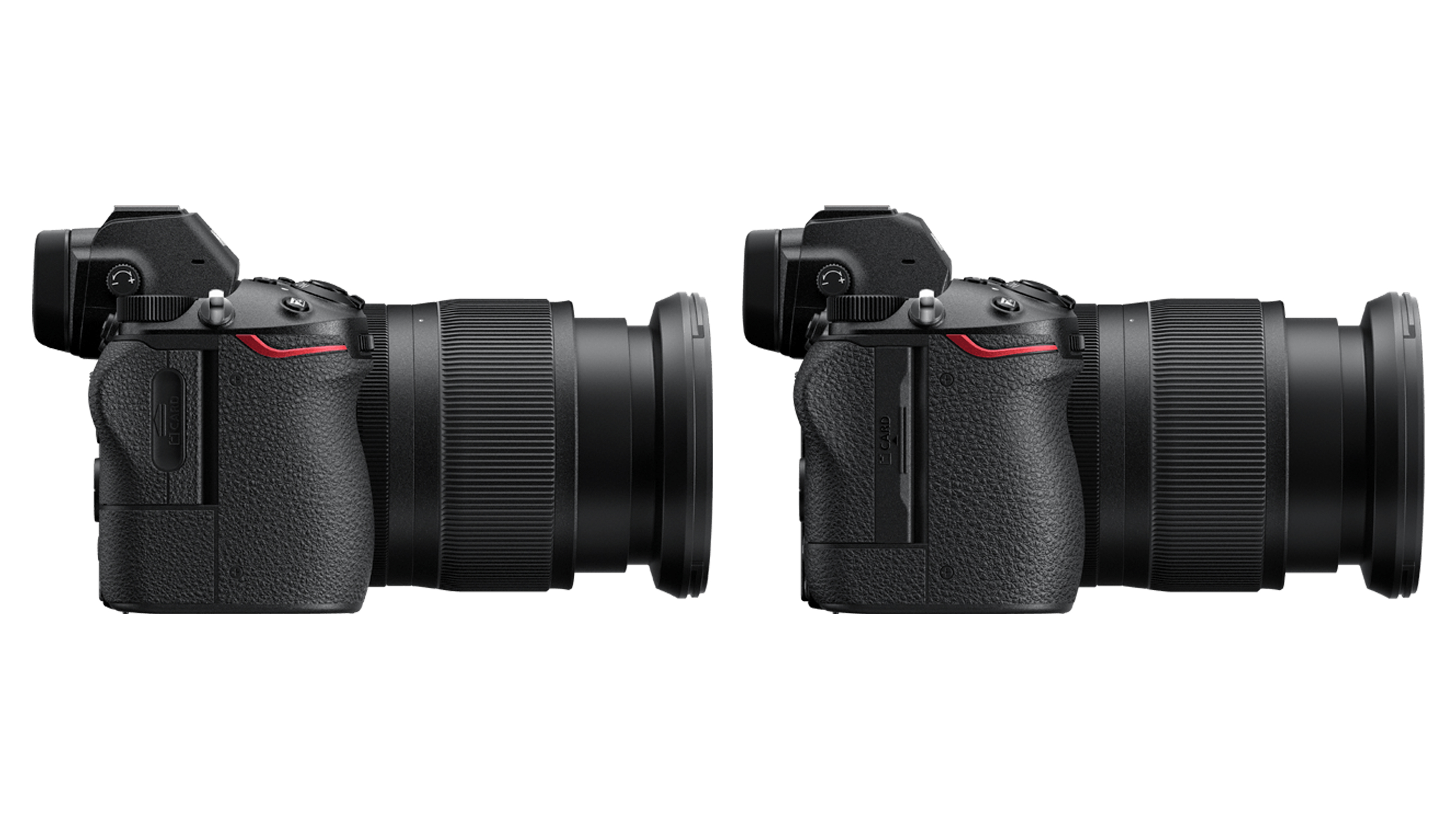
Upon closer look at its features, however, you’ll notice that the Nikon Z6 II has vastly improved upon its predecessor. It now has two memory card slots, adding a UHS-II compatible SD card slot on top of the original’s XQD slot.
It also offers MB-N11 battery grip support so that not only are you getting more juice, you’re also getting another set of controls for when you’re taking portrait shots. And, that’s in addition to its newer EN-EL15c battery that gives you 30 more shots at 340 shots (next to the Z6’s 310-shot rating) and 15 mins more video shooting time, upping it to 100 minutes. Want more juice? That new battery grip, which is sold separately, also comes with a USB-C port that you can use for continuous power – useful for when you’re doing time lapses or shooting videos all day. Even if you don’t get the battery grip, the USB-C port on the camera body also comes with power delivery capabilities.
Speaking of timelapses, the Nikon Z6 II now comes with an intervalometer and a timelapse movie function whereas its predecessor is missing both. And, while both bodies are able to capture 4K videos, the Z6 II is not able to shoot at 60fps, which is a boon for videographers even if it's cropped at 1.5x. Adding to that are its HLG and HDR outputs via the HDMI port.
As far as design and features, the Nikon Z6 II clearly wins, and is the obvious choice – again, if you don’t mind spending a few hundred pounds/dollars more. Just bear in mind that it is a bit thicker and heavier than the Z6 – “a bit” being the operative term here as you’ll hardly notice the difference.
Nikon Z6 vs Nikon Z6 II: Specs and Performance
Both bodies do come with the same 25MP full-frame BSI-CMOS sensor that delivers 6048 x 4024 resolution images. They also have the same amount of AF points, thanks to the fact that both have Nikon’s Hybrid PDAF AF system that gives shooters 273 AF points. And, both have a maximum shutter speed of 1/8000 and ISO sensitivity of 100 to 51200 that is expandable to 204,800.
But, much like its features, the Nikon Z6 II comes with superior specs and performance. For one, its speedier 14fps continuous shooting is only made better by its 124-image buffer when shooting in 12-bit lossless compressed RAW. That’s a vast improvement over the Z6’s 12fps and 35-image buffer. That is thanks to Z6 II’s Dual EXPEED 6 processor – two times more processing power than Z6’s single EXPEED 6 chip.
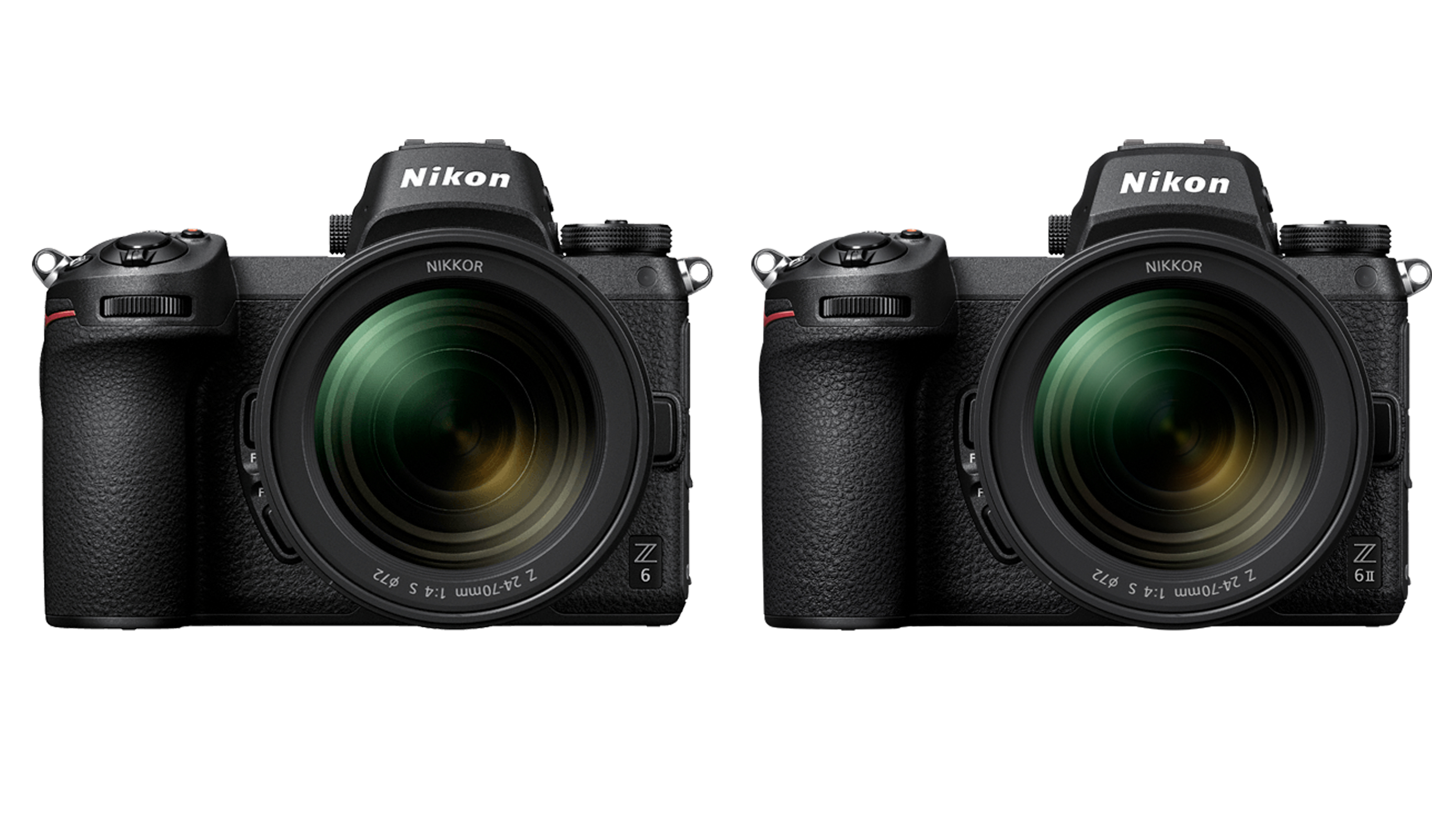
Another benefit that dual processor brings in is its more effective autofocusing. Both may have the same number of AF points, but the Z6 only has a low light sensitivity range of -3.5 to +19 EV. Meanwhile, the Z6 II comes with a -4.5 to 19 EV range so that it’s better at detecting subjects in low light conditions. Topping that off, it has also integrated its EyeAF feature when shooting in Wide Area AF mode and when filming videos – something the Z6 only wishes it has.
Still not convinced? The Z6 II also has a much longer shutter speed time of up to 900 seconds. That’s a lot considering the Z6 will only let you leave that shutter open for 30 seconds.
Nikon Z6 vs Nikon Z6 II: Verdict
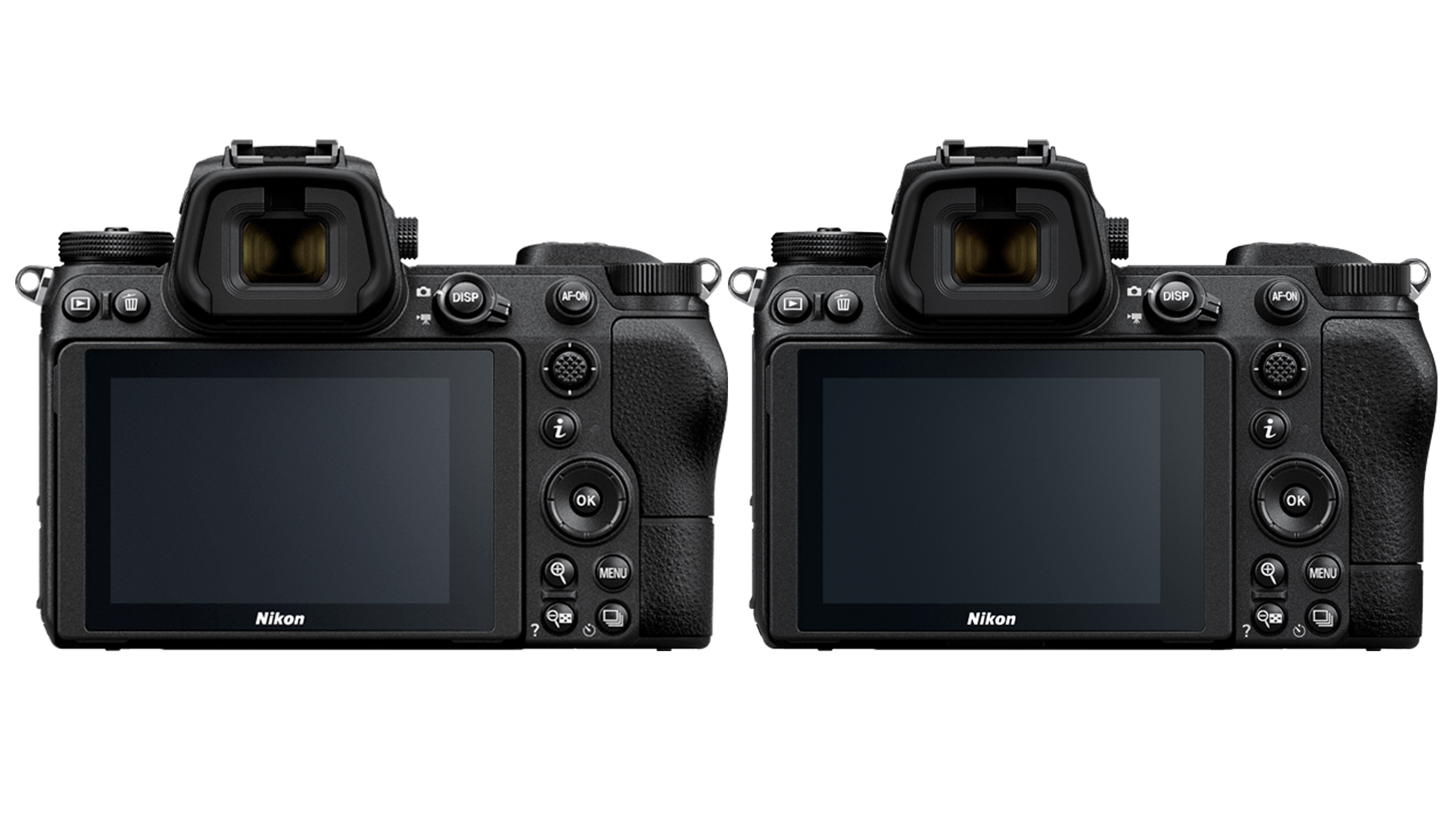
Now that you’ve gone through all the differences between the Nikon Z6 and the Nikon Z6 II, we’re confident that you’re as convinced as we are that the Nikon Z6 II is the clear choice.
The Nikon Z6 is still an incredibly capable camera in its own right, even less than three years after its release. And, it’ll continue being so a couple of years from now. So, if you’d rather save some money that you might spend on another lens or a battery grip, it’s certainly not a bad choice.
However, although both bodies look very similar on the outside, there are massive differences in their specs and capabilities. Nikon has clearly considered all of Nikon Z6’s shortcomings, and fixed or improved on them, resulting in a successor that is not only faster and better performing, but also has more advanced features.
With only a few hundred dollars difference between them, choosing the Nikon Z6 II is kind of a no-brainer. We’d be happy to pay a bit more to get a whole lot more, and we’re pretty sure so would you.
Liked this?
Michelle Rae Uy is a tech and travel journalist, editor and photographer with a bad case of wanderlust. She is a regular contributor for IGN, TechRadar and Business Insider, and has contributed to Thrillist, Paste Magazine, Nylon, Fodor's and Steve's Digicams. Living mainly in California with her adorable cats, she splits her time between Los Angeles, London and the rest of the world.

